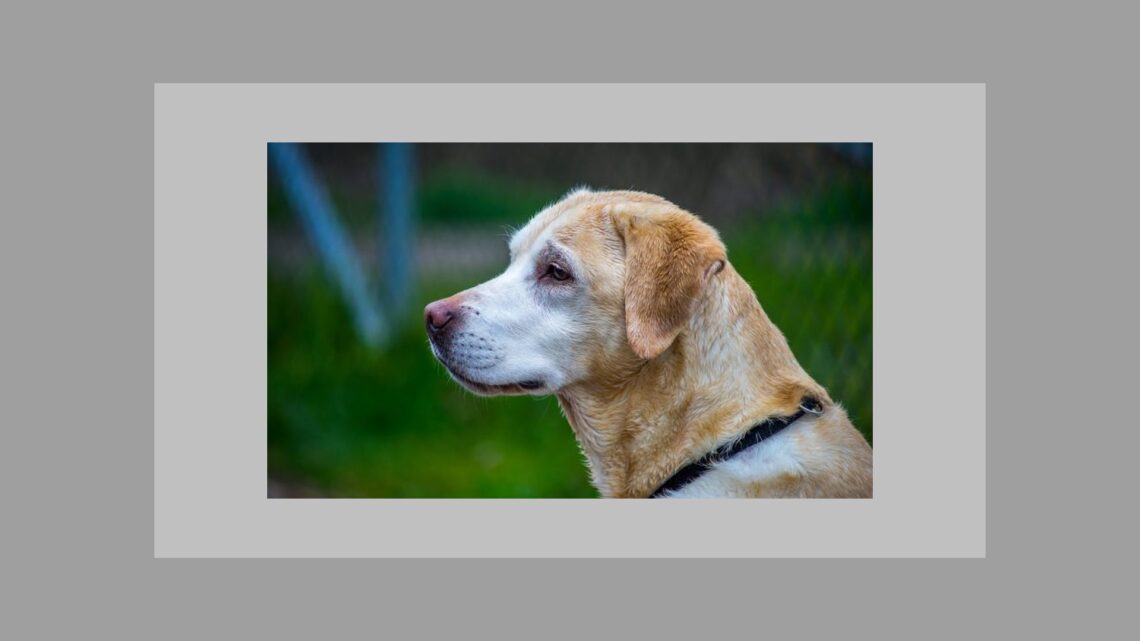After nearly 20 years of veterinary homeopathic practice, I am more than content to bring the health of most animal patients along to a better level of vitality with reduced symptoms and better quality of life without the need for any chemical interventions.
A large part of my practice involves palliative care and facilitating natural and good deaths at one end of the spectrum and starting them off from puppy/kittenhood on the right track at the beginning. Without doubt animals raised on homeopathic principles are in a far better position to attain best old age with minimal degenerative disease. Many more people, I am happy to say, are looking for this way to manage their pets’ health.
In my opinion there is currently far too great an emphasis in conventional veterinary practice in relation to what is termed ‘genetic’ or ‘inherited disease’ issues. Apart from having very little to offer there is also no consideration given to the fact that well selected homeopathic medicines can actually change these templates and set them on a better trajectory to optimum health.
Whilst it is understandable and regrettable that most veterinarians in this country have little knowledge of homeopathy, it is a little alarming that they are not questioning the direction that veterinary practice is presently taking with an overreliance on deranging and suppressive chemotherapeutics at a ridiculously young age for conditions as benign as skin disease.
One good outcome of this disaster is that more people are looking for better options. There is a growing interest and demand for natural medicines and homeopathy especially given that the rate of diagnosis of anxiety disorders in dogs has escalated in recent times. All we need now is for more vets to take up the challenge to learn homeopathy and practice it for mutual benefit.
As so often happens in homeopathic practice, many of the truly great outcomes are often not recalled or recorded because if they get well, we usually don’t see them again.
CASE
One remarkable experience I do recall involves a five-year-old Jack Russell Terrier farm dog that had recurring seasonal atopy (Spring) over years. This little dog presented for help with the itching as nothing else had worked well enough for long. Fortunately, it had not received much suppressive therapy over the years and it also predated the arrival of monoclonal antibody therapy so was a good candidate for homeopathy.
I observed the self-confidence this dog had in the unknown clinical environment but moreover when I came to examine this animal it stood stock still on the examination table especially as I palpated the throat and sternal area.
I did not feel threatened but immediately Lachesis came to mind as I felt the dog, by its absolute stillness, was imparting to me what it needed. One or two doses of Lach 30 and the dog never had the problem again as far as I recall (phone call years later).
Unlike many of my colleagues who see Lachesis as nasty or dangerous I more often see them as aware, confident, intelligent and often quite amusing in their clever humour. Spring onset is also a good indicator in the presence of otherwise robust health and it is excellent for immune mediated diseases. Cases like this happen very rarely. This is memorable both for the speed and certainty of the prescription as well as the rapid cure.
Most times it takes weeks, months or years to help chronic cases and true cure as we would like to understand it rarely occurs in this modern era. Ie: the permanent and complete restoration of health. As a practitioner I am also content to assist these animals along their changing patterns of disease and disturbance over their lifetime because I see they are far healthier in their entirety for timely adjustments and well selected support remedies either from an organ support perspective or increasingly an emotional support. For these I often use the Bach/Australian Bush Flowers which, whilst not strictly homeopathic, follow a similar principle of manufacture.
CASE II
Here is a good true homeopathy case that surprised me recently because it also cured. Pippa is a ten-year-old female spayed Shetland Sheepdog that presented to me in November two years ago with a 2 months diagnosis of unpigmented malignant melanoma in the medial canthus of the right eye.
The surgeon had removed what she could for diagnostic purposes but complete excision would have involved the globe and part of the orbit which was considered too traumatic.
My standard approach with all cases is to consider the pathology as one of the signs and symptoms and to try to identify a constitutional picture if possible. This is often very difficult in animals and a multilayered approach is often adopted that covers the main bothersome complaint in the hope it will reveal a deeper acting medicine over time.
This little dog coincidentally was hypothyroid and taking thyroxine supplement.
Despite having reduced thyroid function Pippa is considered a “hot” dog or rather gets hot easily but does not appear anxious. She was described as a cunning dog that picks and chooses who she likes but is not nasty, just bossy. She does not like attention from dogs in general and will snap at them. She does not submit.
Pippa was a carer for the owner’s father who died recently with motor neurone disease but it was not considered that the death affected her health even though she was an attentive and sympathetic dog….there is an obvious level of self-confidence.
She came to make contact with me willingly in the clinic. She can be averse to touch and whilst not enjoying being fussed over is a gentle and nice dog.
She loves watching action and animals on television and gets quite excited and vocal.
At that time, I prescribed Sepia 200 as a single divided dose (despite not being a warm medicine) as I thought it covered her quite well in most aspects. She also received Thyroidinum 6 and Cardus 6 for thyroid and liver support whilst weaning down the thyroxine.
2 months later….2nd prescription
The growth in the eye was not much changed in size or appearance 3mm spherical pink. Pippa was more vocal lately and more hungry, gulping raw food without swallowing it and then regurgitating. She barks at the thunder but is not scared.
She is panting a lot especially after waking and still seems to get hot at night on the bed, disliking covering. I suggest lowering thyroxine dose to e.o.d. She has been licking her front legs a lot and the owner thinks she may be in pain as Pippa limps after a walk now and more reluctant to go up and down stairs.
It seems that the Sepia is not correct.
Admittedly I was swayed by a doctrine of signatures with the next prescription but also based soundly on neoplastic tendency, eye, hot and confident and swallowing without chewing….Lachesis LM1 once daily. I have seen this medicine cure melanoma in a dog previously (not my case) and wondered if it would help here given that there were sufficient indications.
2 months review…3rd prescription and cure
The lump has doubled in size to 6 mm in diameter and whilst not bothering the dog it was of major concern to the owner.
Case Anamnesis: Main physical issue is neoplasia (cancer). Eye. Mental picture, whilst the dog is described as “a princess” by her owner, I see her as self-contained, loyal and very confident of her identity. Pippa was a carer for end of life and she knows who she is without having to demonstrate.
Having recently studied a bit on lanthanides and keen to try them I pegged her as Gadolinium and given that. Far from being a “princess” in my book she was rather scruffy but nevertheless endearing and ‘witty’, I prescribed GAD SULPH 200 as a single divided dose…… and hoped.
One month later the lump has disappeared completely and 2 years later there is still no sign of it returning. I was as thrilled and surprised as the owner.





